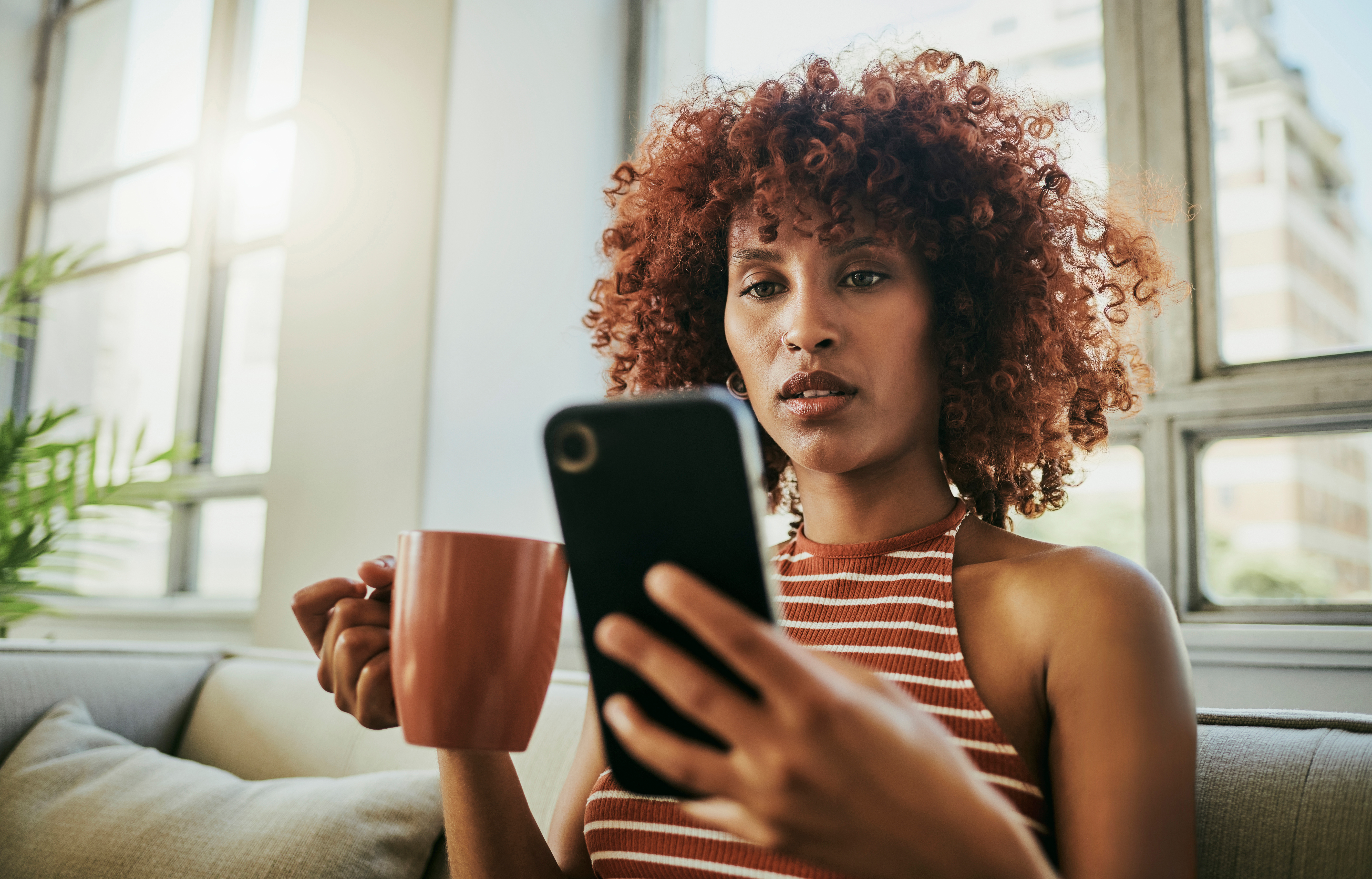De-influencing, the art of educating people to not buy unnecessary products, is on the rise. But how do you actually shop for what you need while avoiding overconsumption? On the internet, it seems like there’s a new micro-trend everyday. From the coquette aesthetic, to the tomato girl trend, TikTok alone pushes hundreds of new trends on your “for you page”. However, most of these trends involve purchasing products you supposedly need, but in reality, are completely unnecessary.
So when is it too much? In the midst of influencer-culture and the constant promotion of products, de-influencing is on the rise, and for good reason.
De-influencing is one of social media’s most unlikely trends. It involves quite literally influencing people to not purchase certain products. It’s a response to the inclination many people have to buy things simply because an influencer promotes a them. For example, purchasing a Stanley Tumbler in every color, or buying a designer lip oil when you already have one too many in your vanity. De-influencing is educating people about a product before they blindly purchase it to help them make an informed decision. Even in the midst of fast fashion ads, TikTok shop and more, de-influencing is growing in popularity. In addition, de-influencing is surprisingly helping content creators connect with their audience in a more genuine way.
Alexis Renée, a Black woman content creator, posted a de-influencing video in August. In it she showed her audience products she thought were ineffective, necessary or overhyped.
“I’ve been a content creator since 2020,” Renée told 21Ninety. “After COVID, we’ve all been in this weird simulation where we’re just buying a whole bunch of stuff that we don’t need.”
After Renée’s video blew up with over 500,000 views and 100,000 likes, she continued to post more de-influencing content. Her most recent one showcases her inside of a Sephora store showing the beauty products that she in fact doesn’t recommend.
“I’m actually tired of seeing this, and I feel like other people are too, so we should talk about it,” Renée shared on her reasoning for supporting de-influencing.
But what happens next? How do you interact with influencers on social media in a healthy way, and more importantly buy what you need without embracing over consumerism? For help, try these steps:
Clean Your Timeline and “For You Page” Up
In order to not over consume, you have to look at what you’re consuming. Taking inventory of the influencers you’re following on social media will help you get a better understanding. Are there creators you follow that seem too gimmicky, promoting a new go-to product every video? Deciding what content creators you like and can trust to promote useful products is key.
Get Rid Of Your FOMO
The fear of missing out (acronym fomo) is a term to describe the anxious feeling that social events are happening in real life and you are not included. But fomo also exists on the internet. Watching influencers, especially those who appear to be wealthy, market products may pressure people to feel like they need to purchase said items.
“You don’t need it just because someone else has it, or just because it looks good on her,” Renée said. “You’re not missing out on anything just because you don’t have the next thing.”
Research Your Products
Being a better consumer is also about realizing it’s ultimately up to you to buy things. It’s important to research a brand’s business practices and figure out what products actually address your concerns. Before snagging a product online, research the item’s benefits, read customer reviews, and even consider trying a sample size before committing. On the influencer side, Renée recommends that influencers ask themselves: “What are you trying to accomplish in your content creation?”
“Any product that I promote or show is clean, and not harmful. I have eczema, so that’s very important to me. It’s finding the products that actually align to your brand,” she shared.
